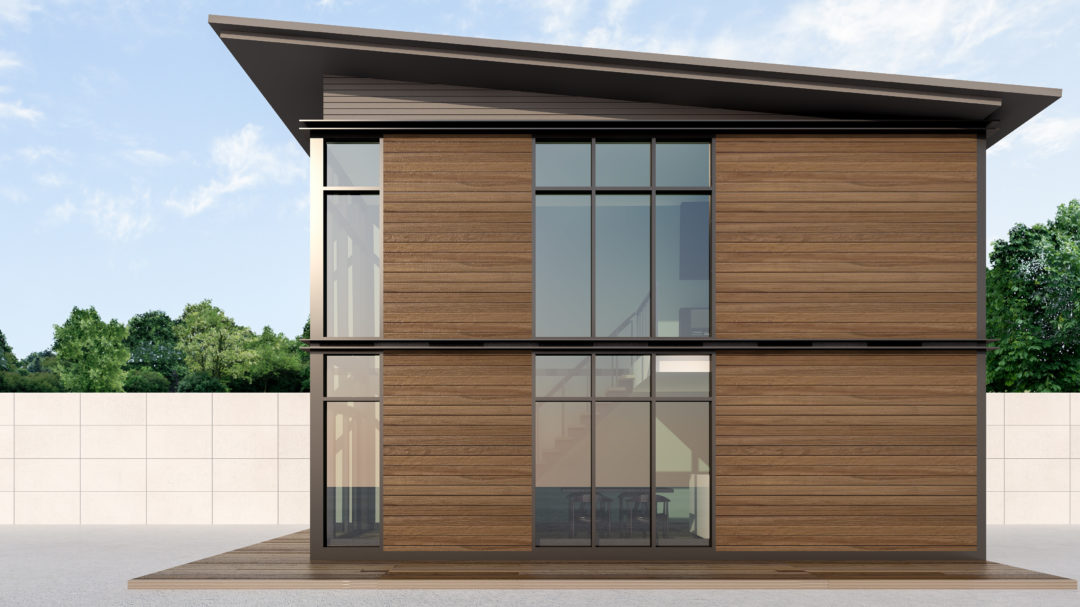With the matter of cutting costs proving to be such a detrimental issue – with Carillion ending up £1.5 billion in debt – a new cost cutting strategy seems to be urgently needed if another liquidation within the construction sector is to be avoided.
Life support
According to a report by the government published in October 2016, the sector was already struggling two years before the collapse of one of its major players, comparing it to a dying patient.
One idea, however, on how the sector could be revived that seems to be making waves among experts is the implementation of modular housing, the process of constructing parts of homes mostly within factories before putting them together on site.
>See also: Virtual builders: Redefining construction with 3D printing and augmented reality
Advantages
A popular consensus referring to modular housing is that it takes less time to put together a modular home with better quality than a more traditionally constructed on-site home, which means that it costs less money.
In terms of time, it is around 50% quicker to put a modular home together than a traditional house, and the lower average wage of a factory worker in comparison to an on-site builder and the increased security of a factory in response to possible vandalism and weather are also considered factors when it comes to saving money.
Furthermore, the development of this method of construction should expand the sector’s job market beyond skilled labourers and towards more technologically minded workers, which would help the matter of job shortages.
Commonly, modular homes are manufactured out of lightweight wood as opposed to traditional brick and mortar.
>See also: Technology jobs in high demand for 2017
The concept is nothing new. The prefabricated home, or prefab, dates back to the 1940’s, when Britain was experiencing housing shortages following the Second World War. However, with the technology that factories have now, namely the rise of Business Information Modelling (BIM), the process of bringing data associated with a project together via a digital platform, the comeback of factory-built homes is bound to happen quicker than ever.
BIM allows blueprints to be illustrated digitally and indicate any possible errors during the planning and construction process. Notable BIM programs include Autodesk Revit Architecture, Nemetschek Vectorworks Architect and Bentley Architecture.
If the nHouse prototypes that were released in August last year are anything to go by, the idea of modular homes is set to develop further, offering more features than the basic necessities.
These homes, produced in Peterborough, offer seemingly future-proof technology such as facial recognition security and drone landing pads, as well as more environmentally considerate components like solar roofing, rainwater collection system and hybrid car charging ports.
>See also: Electric vehicles open new avenues for smart cities
Furthermore, the implementation of larger windows and skirting board heating will replace electric lighting and radiators inside.
However…
The process of purchasing a modular home does have its cons. Namely, buyers would need to purchase land before construction begins. Also, banks are very unlikely to offer a mortgage to potential modular home buyers, due to lack of knowledge of the payment process, which usually involves most of the payment for such a home being paid up front.
Overall, the route of modular homes could potentially be a positive way forward for the construction sector in the UK following the liquidation of Carillion, but whether the general populace will be keen to trust what would be a completely unfamiliar concept to most remains to be seen.







